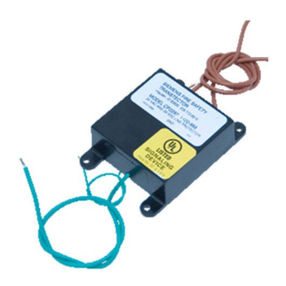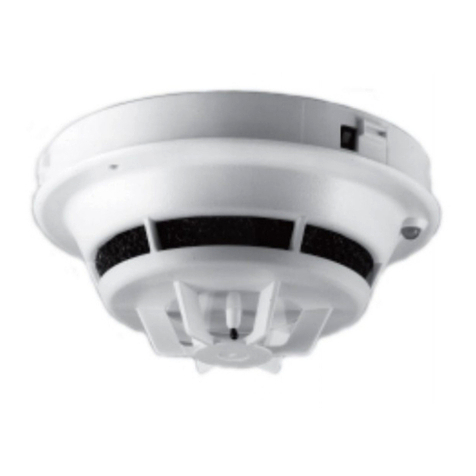Siemens SSD-C User manual
Other Siemens Fire Alarm manuals

Siemens
Siemens FS720 Series Guide

Siemens
Siemens FC700A Technical manual

Siemens
Siemens FDCW221 User manual
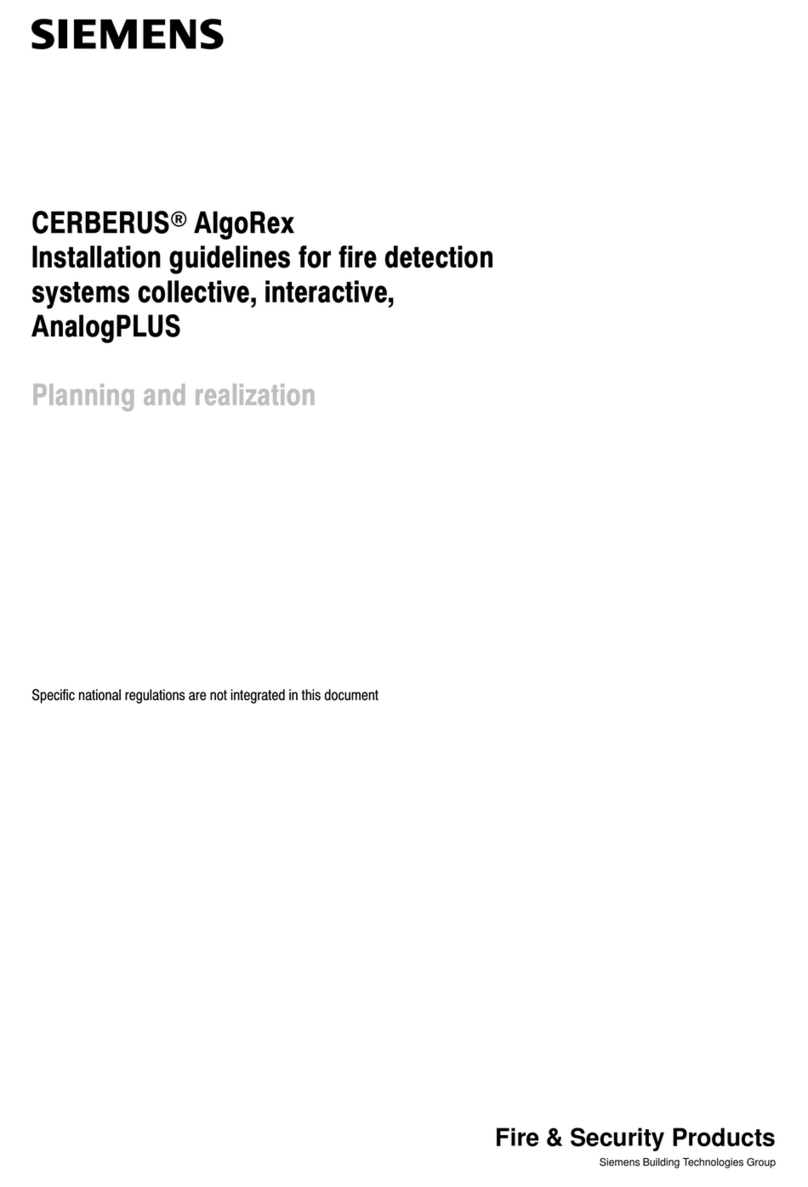
Siemens
Siemens CERBERUS AlgoRex Series Instruction sheet

Siemens
Siemens FS720 Series Operating instructions
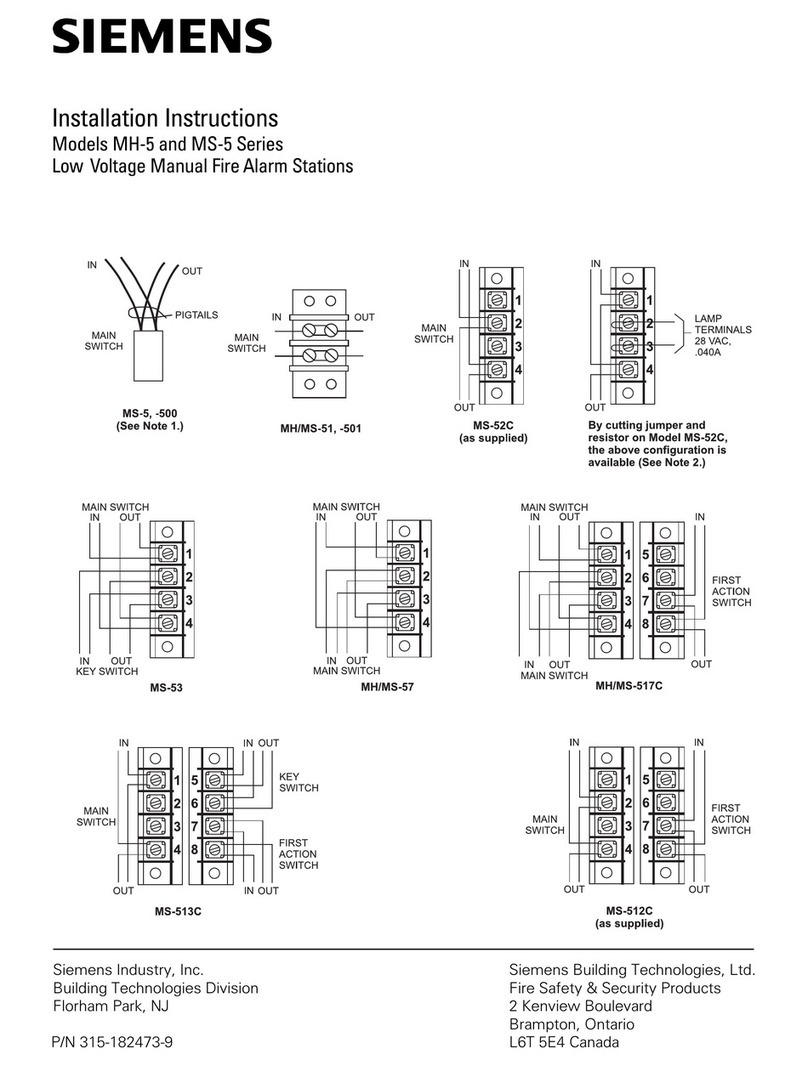
Siemens
Siemens MH-5 Series Service manual
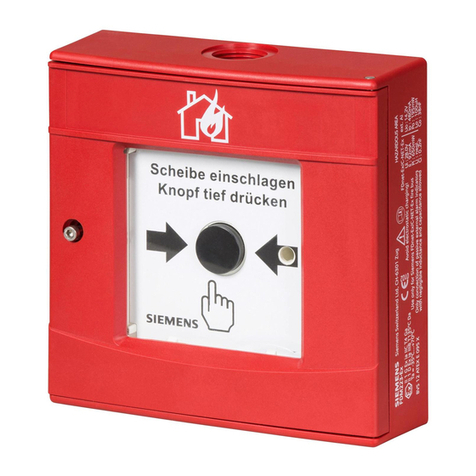
Siemens
Siemens FDM223 User manual

Siemens
Siemens HFPT-11 Service manual
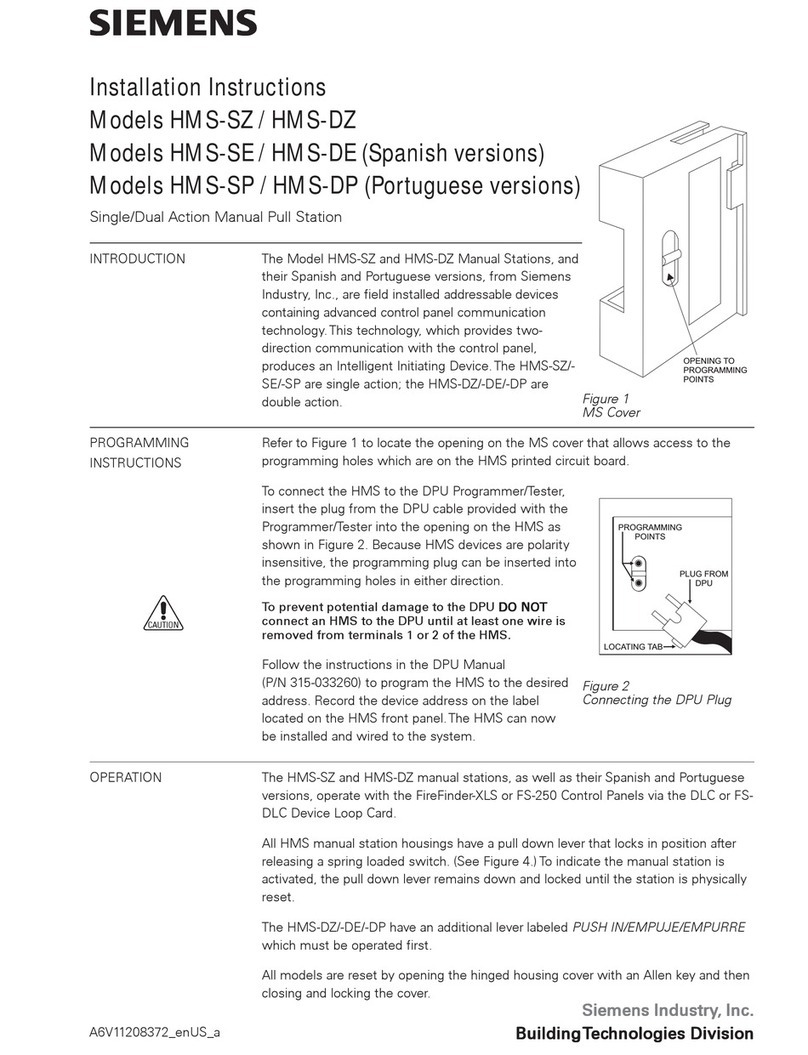
Siemens
Siemens HMS-SZ User manual

Siemens
Siemens SFPO-11 Service manual

Siemens
Siemens DM1132 User manual

Siemens
Siemens FC901 User guide
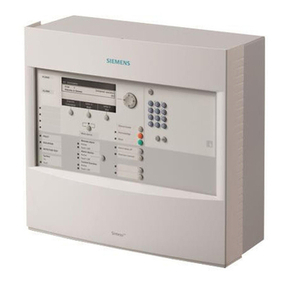
Siemens
Siemens FT2040 Instruction Manual

Siemens
Siemens FDOOT271-O User manual

Siemens
Siemens Synova FC330A User manual
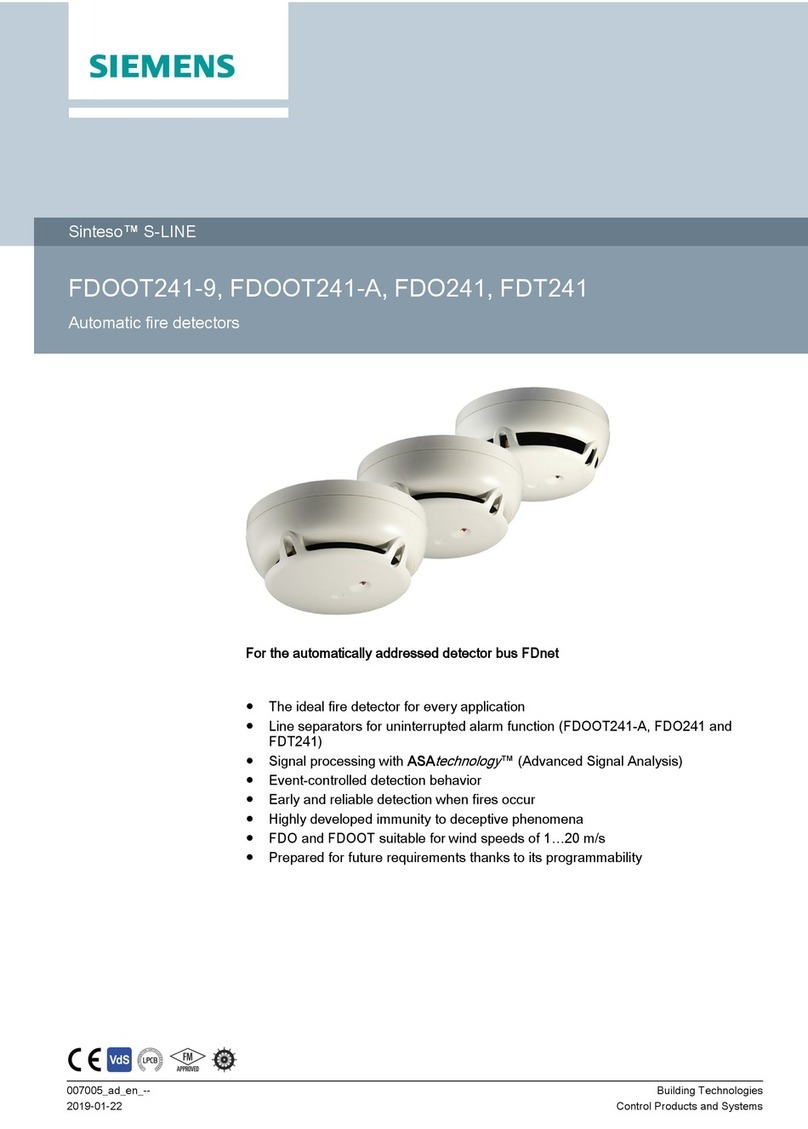
Siemens
Siemens FDOOT241-9 User manual

Siemens
Siemens Cerberus CS1140 Guide

Siemens
Siemens FDOOT221 User manual
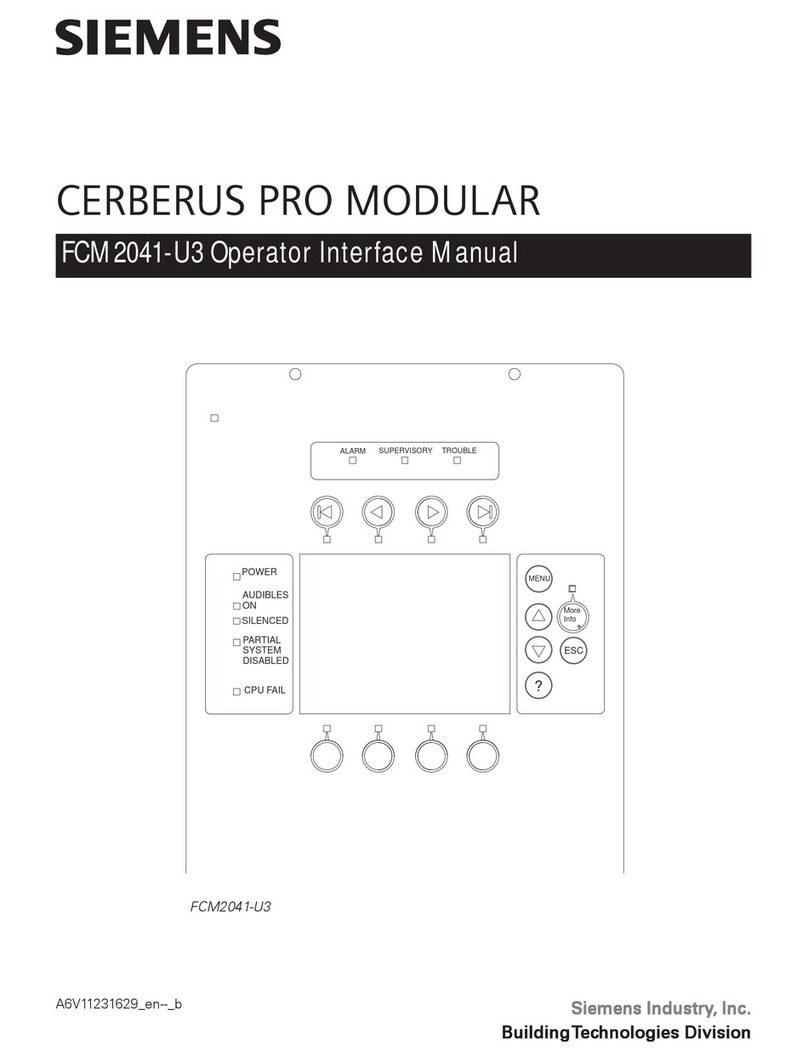
Siemens
Siemens FCM2041-U3 User manual
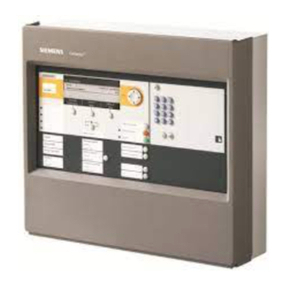
Siemens
Siemens Cerberus PRO FS720 User manual
Popular Fire Alarm manuals by other brands

Simplex
Simplex 4010ES Quick reference guide

Global Fire Equipment
Global Fire Equipment VALKYRIE AS manual

Zeta Alarm Systems
Zeta Alarm Systems INFINITY ID2 installation manual

System Sensor
System Sensor 22051TLE-RF-26 Installation and maintenance instructions

Pittway
Pittway Notifier AM2020 troubleshooting guide

Ampac
Ampac ZoneSense user manual

Radionics
Radionics Radionics 9124 user guide

UniPOS
UniPOS FD 7120 instruction manual

Teletek electronics
Teletek electronics SensoMAG MRB50 installation instructions

bolid
bolid S2000-IP-03 instruction manual

FIREGUARD GLOBAL
FIREGUARD GLOBAL FG-S01_AP quick start guide

Panasonic
Panasonic MEW01091 operating instructions
